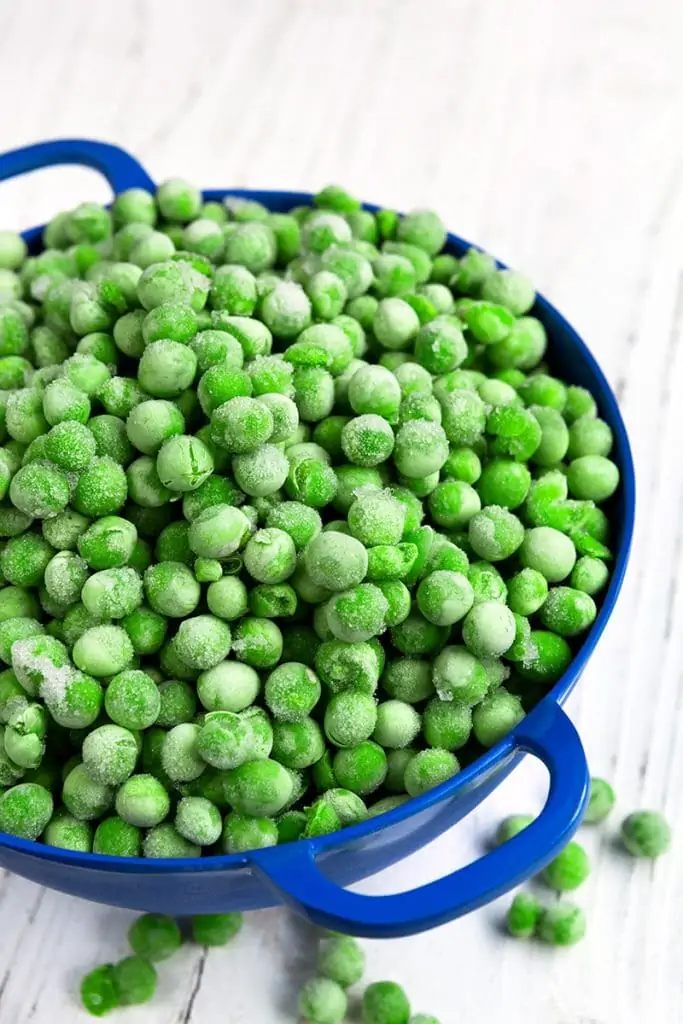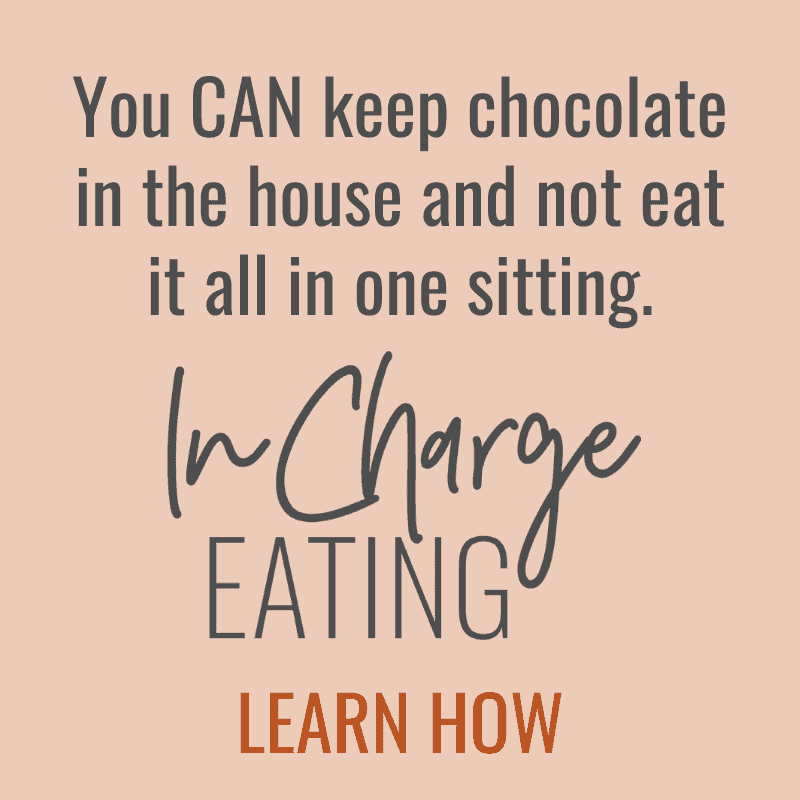Convenience food and processed food have a lot of stigma attached to them.
Using them is considered to be taking the easy way out.
Cheating.
Being lazy.
Convenience food and processed foods are seen as being inferior.
They are unhealthy.
Eating them is a ticket to poor health.
Convenience food and processed food are none of these things.
And using convenience food and processed food to feed yourself is in no way being lazy.
there is nothing wrong with convenience food
By definition, if something is convenient, it is facilitating ease and effortlessness.
That is very different to being lazy (although there is nothing wrong with that either!)
Because for a lot of people; planning, shopping, preparing and cooking food; and the clean-up that comes after it, is anything but easy and effortless.
But since we know how important it is to meet the basic human need of nourishment, convenience food can bridge that gap or make the job of feeding yourself just that little bit easier.
Yes, convenience food can cost more, so there is a certain amount of privilege that comes with being able to afford and access pre-washed, pre-chopped, pre-portioned food.
But it can make an immense difference to someone living with a disability, or a chronic illness, or an eating disorder, or who works multiple jobs or really long hours, or who really loathes cooking.
When thinking about the amount of time saved or physical energy conserved or pain reduced, the dollar cost can often be a wise and necessary investment.
what about processed food?
Most food is processed.
Unless you are picking something straight off the tree or pulling it from the ground and eating it (unwashed), then it is safe to say the everything we eat has been processed in some way.
Washing, chopping, cooking, preserving, pickling, fermenting, portioning, packaging are all ways that food is processed.
Nut butters are a processed food.
Oats are a processed food.
Salmon fillets are a processed food.
Cacao powder is a processed food.
Almond ‘milk’ is a processed food.
Protein powders are a processed food.
Bunches of kale are a processed food.
Processing makes certain foods safe for us to eat (e.g. cooking chicken, pasteurising milk)
Processing makes certain foods last longer (e.g. canning, freezing, preserving)
Processing makes certain foods more palatable (e.g. soaking dried beans and lentils, brining olives)
Processing makes certain foods easier to digest (e.g. cooking potatoes, adding lactase to milk)
Processing makes certain foods more convenient to access, purchase and use (e.g. bunches of kale, bagged salads, shelled peas, Brussels Sprouts cut off their stalks – Google that!)
examples of convenient, processed food
Below are some examples of convenience food that could be combined to make a nourishing meal.
- BBQ chicken
- Frozen fish fillets
- Microwave rice pouches
- Microwave steamed vegetable pouches
- Bagged salads
- Ready-to-eat pasta, curry, noodle and rice meals
- Soup pouches
a note on the environment
Some may argue that eating convenience food and processed food is ‘bad’ because it is not environmentally friendly with the extra packaging that is often involved. But there are plenty of other ways to take care of the environment that don’t come at the expense of not feeding yourself just to avoid creating waste.
Convenience food and processed food are valuable sources of nutrition for a lot of people, so rather than casting judgement, we need to work on letting go of the narratives about convenience food and processed food that are served up to us by diet culture.
Want more?
You might like to listen to my interview on the Table for One Podcast: How Much is Too Much Fast Food?


 Hi! My name is Nina.
I’m a Certified Intuitive Eating Counsellor taking the ‘diet’ out of Dietitian. I am here to help you reject diet culture, tune into your body’s own inner wisdom about how to truly nourish yourself and ultimately feel good eating™
Hi! My name is Nina.
I’m a Certified Intuitive Eating Counsellor taking the ‘diet’ out of Dietitian. I am here to help you reject diet culture, tune into your body’s own inner wisdom about how to truly nourish yourself and ultimately feel good eating™ 
